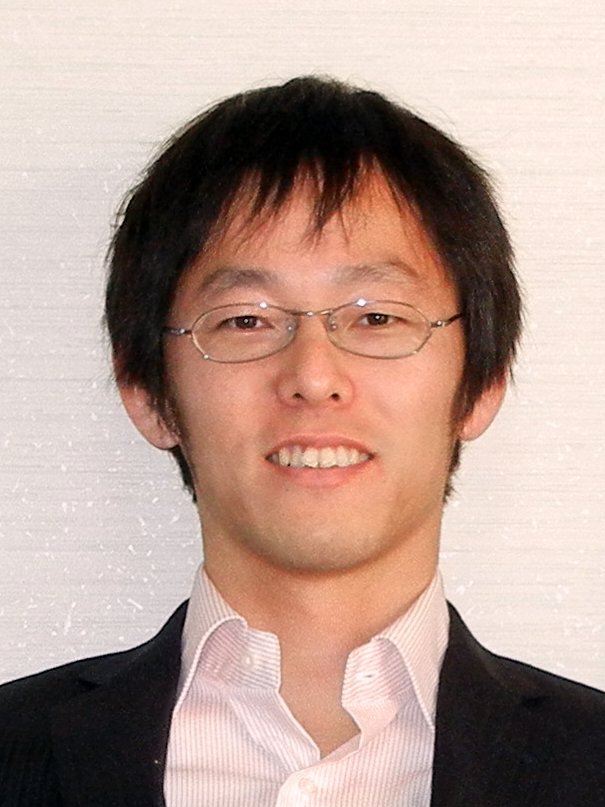YAMASHITA Minoru
(Associate Professor/Division of Transdisciplinary Sciences)
Department of Advanced Materials Science/Condensed-matter physics

Career Summary
2000: Graduated from Department of Physics, Graduate School of Science, Kyoto University
2005: Received Ph. D. from Kyoto University
2005: JSPS researcher, ISSP
2007: Postdoctoral Associate, LASSP, Cornell University
2007: Assistant professor, Department of Physics, Kyoto University
2012: Researcher, Riken
2013-present: Associate Professor, The Institute for Solid State Physics, The University of Tokyo
Educational Activities
Graduate school:Introduction to superconductivity and superfluidity
Research Activities
What happens when materials are cooled down close to absolute zero temperature? It sounds a boring question because everything freezes at T = 0. It is NOT true, however, because quantum fluctuations persist even at absolute zero temperature. The richness of low-temperature physics was first
demonstrated by Heike Kamerlingh Onnes at 1911, who was the first to liquify Helium and reached ~ 1 K. He discovered that the resistance of mercury suddenly vanished at low temperature. Followed by this discovery of the superconducting transition, many amazing quantum phenomena - superfluid transition of Helium, Bose-Einstein condensations of Alkali Bose gases - were found at low temperatures. We are interested in these quantum condensed states at low temperatures where the thermal fluctuations are negligible. Especially, we are now challenging measurements of correlated electron systems at ultralow temperatures (below 20 mK) where many interesting phenomena have remained unexplored due to technical difficulties. Further, we are studying exotic electronic states by scanning magnetic microscope and elementary excitations of quantum spin liquids emerged in frustrated magnetic materials.

The ultralow temperature cryostat at ISSP. Nuclear demagnetization cooling enables experiments down to 1 mK under a magnetic field up to 10 T. The lower left picture is an enlargedview of the experimental space. The lower right picture shows a cantilever cell for torque measurements.
Literature
1?j Anomalous Change in the de Haas-van Alphen Oscillations of CeCoIn5 at Ultralow Temperatures: H. Shishido, S. Yamada, K. Sugii, M. Shimozawa, Y. Yanase and M. Yamashita, Phys. Rev. Lett. 120 (2018) 177201.
2?j Spin Thermal Hall Conductivity of a Kagome Antiferromagnet: H. Doki, M. Akazawa, H.-Y. Lee, J. H. Han, K. Sugii, M. Shimozawa, N. Kawashima, M. Oda, H. Yoshida and M. Yamashita, Phys. Rev. Lett. 121 (2018) 097203.
Other Activities
The Physical Society of Japan
Future Plan
1.Study of strongly correlated-electron systems at ultralow temperatures
2.Study of exotic electronic states by scanning magnetic microscope
3.Quantum spin liquid state in geometrically-frustrated magnets
